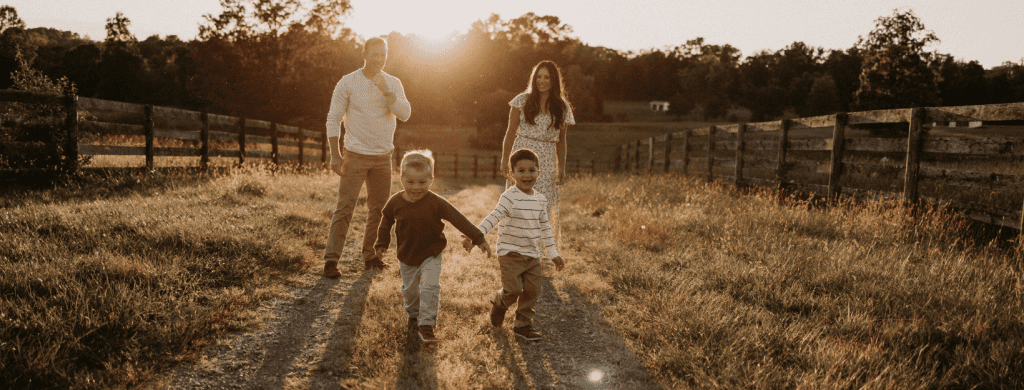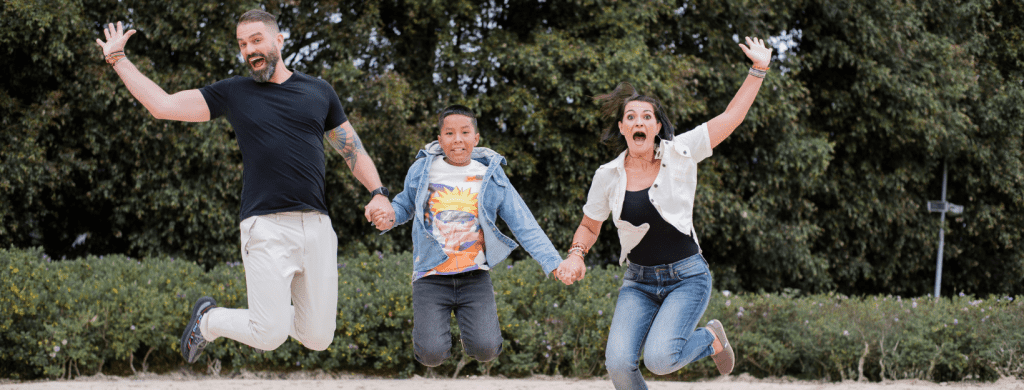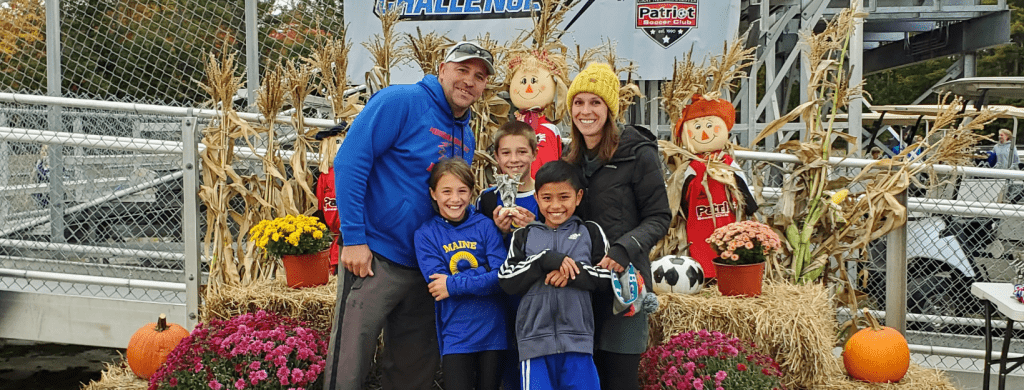October is Spina Bifida Awareness Month! Get to know an incredible family that is raising a beautiful daughter with Spina Bifida by reading below.
On this side of things, it’s difficult for us to believe that fear was what once held our family back from discovering some of its greatest treasures. We were afraid of what we did not know or understand and had not yet experienced. Thankfully, a short, grainy video from halfway around the world would dissipate all that fear, shift us from our comfort zone, and pivot our mindset from trepidation to one of expectant, accepting, and purposeful hope.

In the winter of 2012, we pursued adopting a two-year-old Chinese girl diagnosed with a Traumatic Brain Injury. Though her medical history was admittedly scary to us, we felt confident we could handle her needs with our doctor’s supportive counsel. We were open to the idea of adopting two unrelated children at the same time. Still, when CCAI called us in the Spring of 2013 with the referral of another little girl, age 3, with Spina bifida, we found ourselves overcome with fear of what her diagnosis might mean for our family. How would we handle doctor appointments and daily medical routines for two children with such extensive medical histories? Our initial inclination was to say no to this referral but to request our agency keep searching for the second file of a child whose needs might be less severe. We also believed that “fears are often educated into us, and can also, if we wish, be educated out.” So instead, we decided to research further, learn more about the needs of a child with Spina bifida, and requested a video be sent showing the little girl’s development. Could she walk, talk, or show emotion? Would she be able to feed herself, move about freely, and one day advance from diapers to big-girl underpants? These things seem so wonderfully insignificant now, but they felt infinitely paramount to our ability to consent at that time.
Gratefully, that video changed everything.
It indeed showed a little girl walking and talking. Still, even more than that, it transformed her from a scary, abstract concept into a real person-our DAUGHTER-who smiled, laughed, and was worthy of unconditional love and suitable placement into an expectant, adoring family. We said yes without hesitation.
Our daughters came home in the winter of 2014, and we began the hard work of acclimating them to a new way of life, family, and culture. The days were some strange mix of exhaustion, mayhem, and delight. We would, through time, learn about catheterization, bowel management programs, daily administered medications that prevent urinary tract infections and bladder spasms, and legs that tire a little more quickly than is typical. We have even more to learn in the future regarding independence, mobility aids, and how a previously unknown secondary diagnosis will impact our daughter into adulthood. But all of these things pale in comparison to the love and joy our daughters have brought us. They are so much more than the sum of their medical conditions. They are a living visualization of fear overcome by love, ever-present witness bearers to the fact that “one of the greatest discoveries a man makes, one of his great surprises, is to find that he can do what he was afraid he couldn’t do.”

They have made us braver than we ever thought we could be. We went on to bring two more children home in January of 2016, both of which have spina bifida! Our hearts have genuinely expanded to engulf our fears, and we have been challenged to rise above what we believed we could not do. This adoption has helped us see that we can surpass our own perceived and almost always self-limiting capacities. Love always hopes and always perseveres, but above all else, it never fails. And neither will you.
If you are currently navigating the adoption process, may I have the joy of telling you, “Congratulations, and welcome to the journey of a lifetime!” But secondly, please consider a child with Spina bifida. After all, the very child you’re hoping for maybe waiting for you veiled in a diagnosis you thought you couldn’t handle.

If you would like to view the profiles or our waiting children with Spina Bifida, please click here and request a password if you don’t already have one.
I



